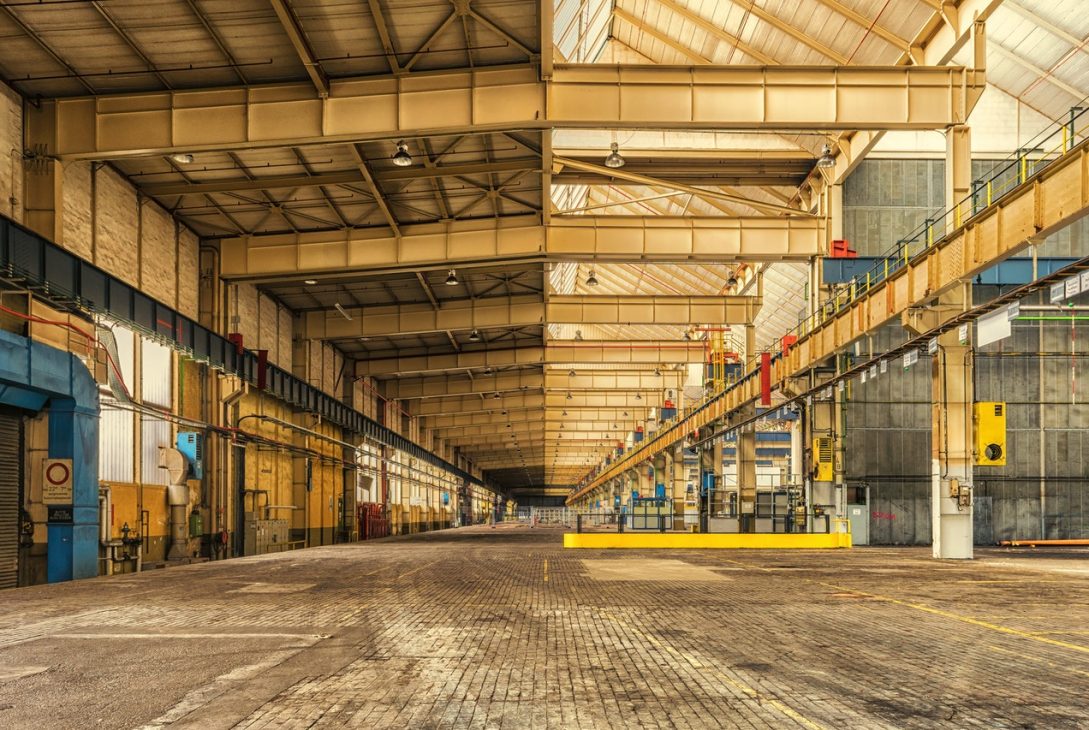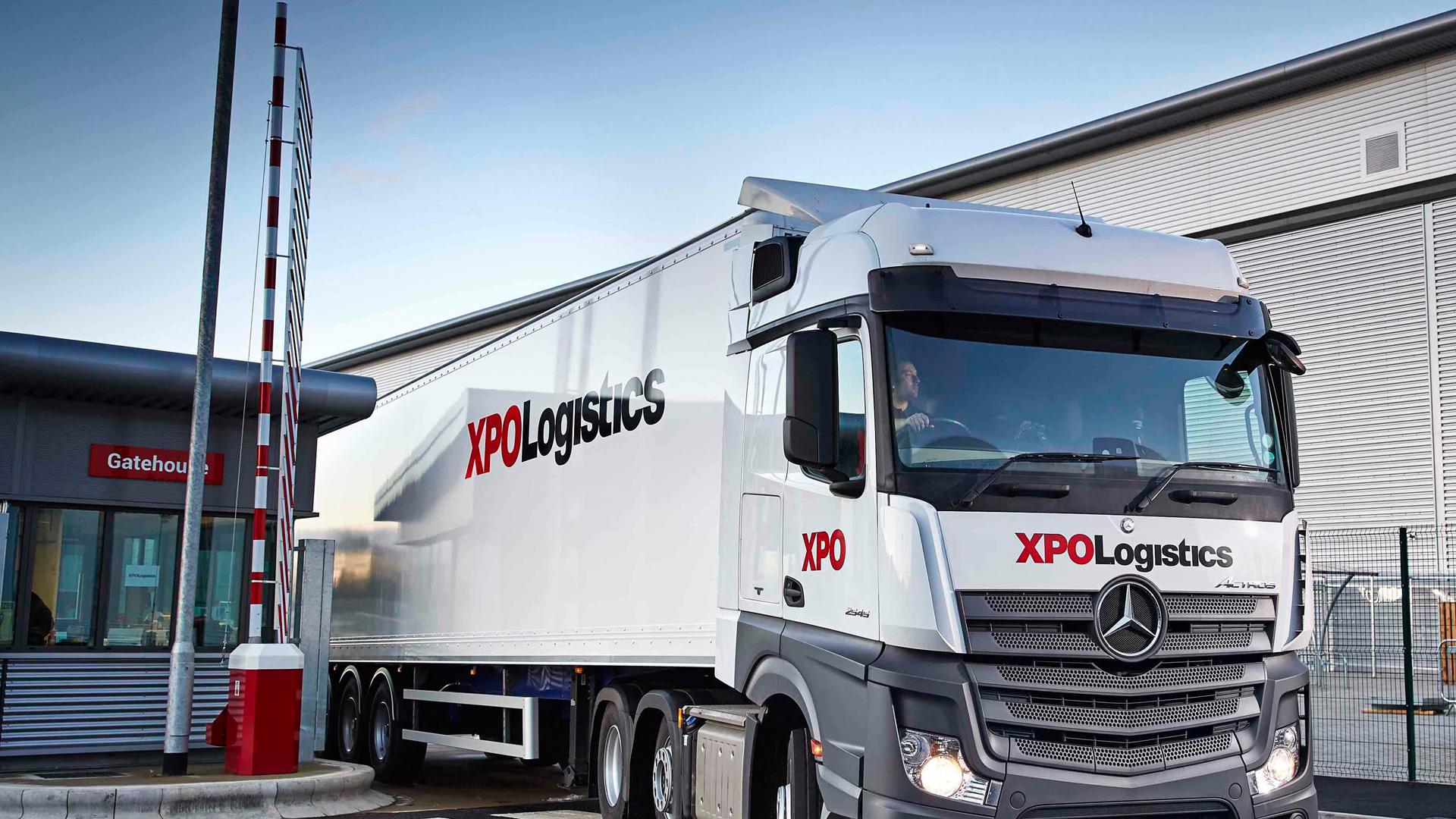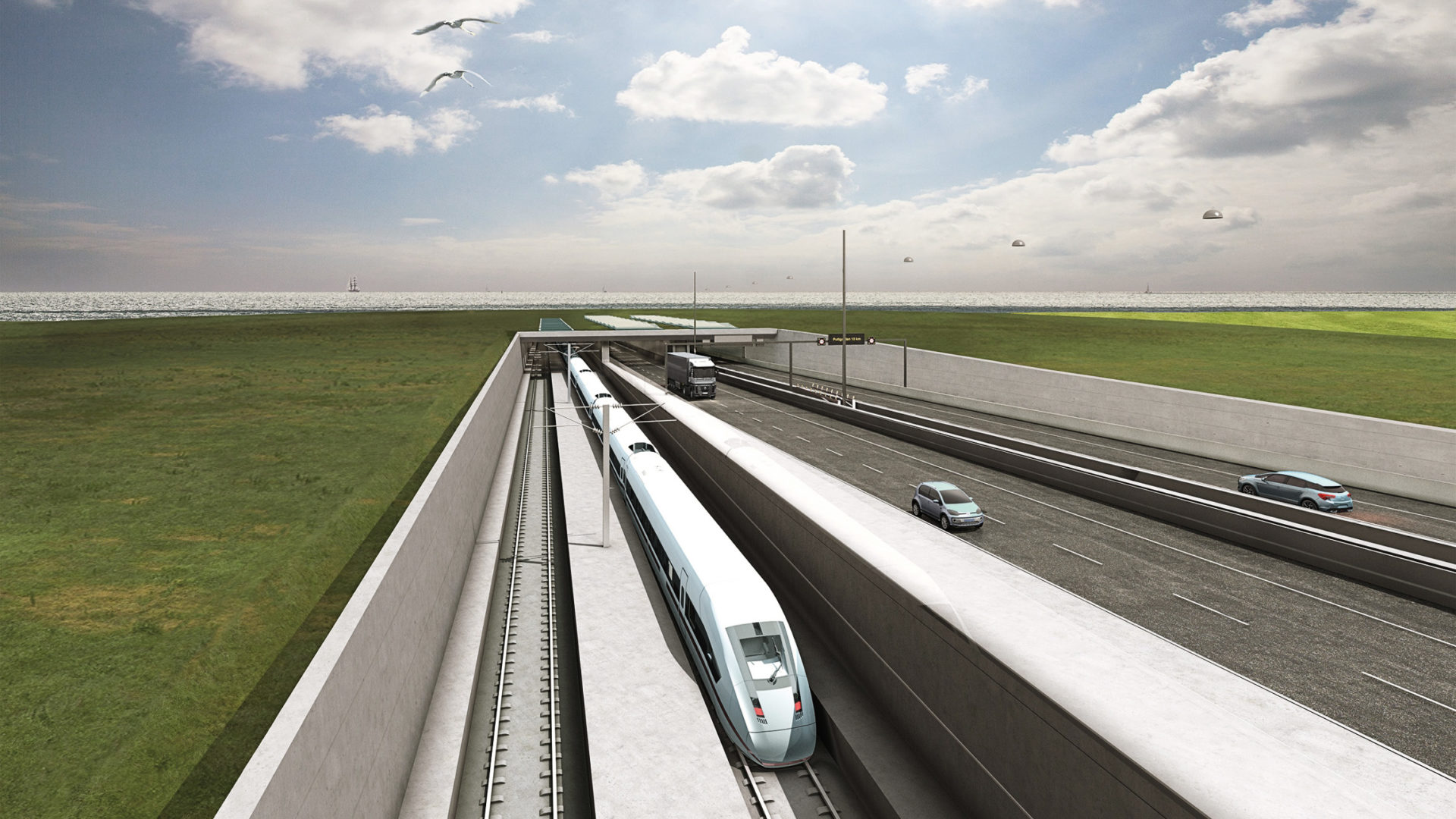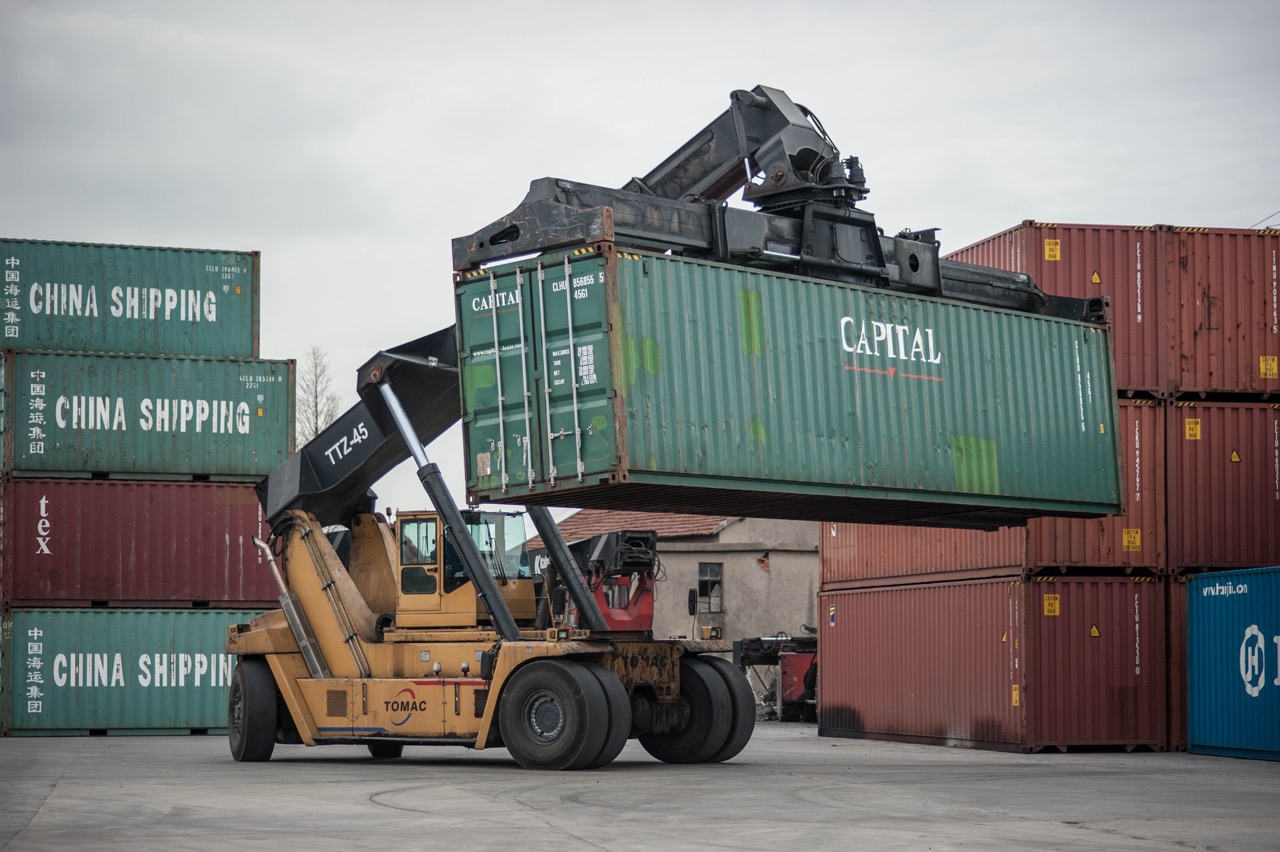The capital’s warehouse market is experiencing a shortage of quality supply
After a surge in demand in 2020, Moscow’s warehouse market has not lost its position, and continues to show record growth rates. Transaction volumes here have reached all-time highs in the segment’s history, and rental rates are going up along with them.
At the same time there is a limited supply of quality objects on the market. In order to get the necessary space, tenants are queuing for new or vacant options.
Over the past 10 years, the metropolitan warehouse market is actively developing, the supply has increased several times, increasing the number of tenants and those wishing to purchase space. In addition, during the pandemic online retailers have appeared among the customers, which began to intensively displace traditional representatives from the market.
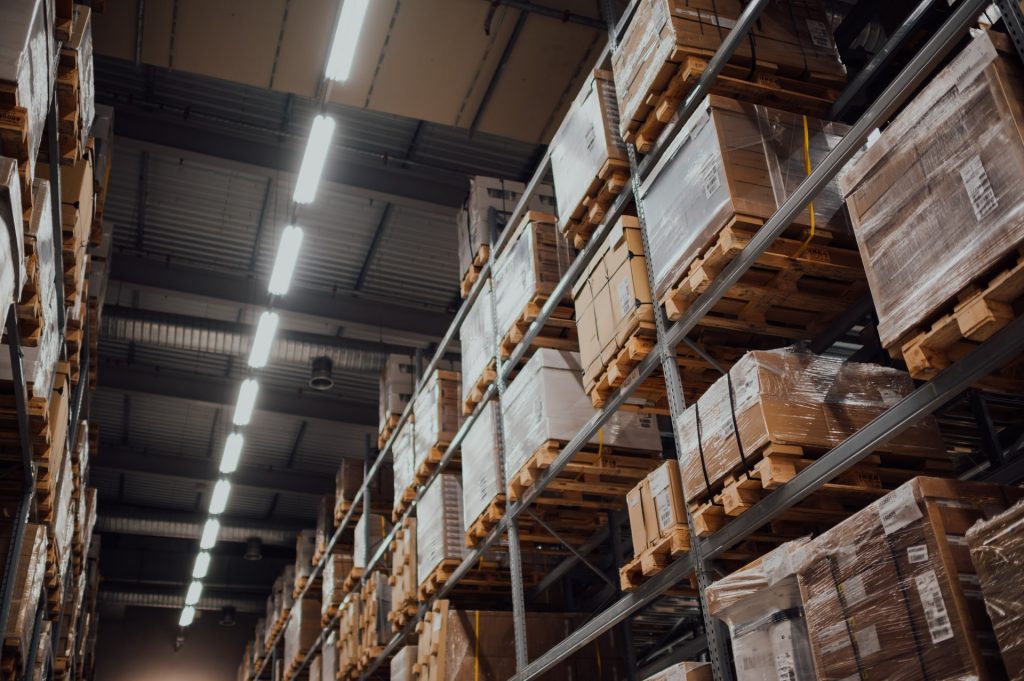
According to the company CBRE, for 8 years, the Moscow region segment has increased by 2.4 times, the area used for warehouses, increased by 9 million square meters. As for the number of clients of class A facilities, their number increased by 250 companies and reached 500 users. It should be borne in mind that such a jump occurred at a time of economic crisis in the country and the decline in consumer power of Russians. One of the incentives for the development of the warehousing market is the lack of quality supply, which in recent years has been felt much more acutely.
The main tenants and buyers of premises are traditionally considered to be manufacturers of various goods, companies engaged in wholesale sales, retailers, and logistics operators. However, there have been a number of changes here as well. During 2005-2007, logistics companies occupied 50% of the total occupied warehouses. By 2013, this share was shared by the operator with retail. The fact is that many companies prefer to develop their own transportation chain without resorting to third-party firms. Online retailers are now the leaders in the segment.
A sharp increase in demand for warehouse real estate from retailers began in 2015, two years later the demand for space among online operators came first, and since then the trend has continued. In 2020, online retailers leased more than 721 thousand square meters, and they are mostly interested in large spaces.
Between 2015 and 2017, transaction volumes for Class A properties were about 1-1.2 million square feet. In 2018, there was an increase in demand, which reached a record high of 2.13 million square meters by 2020. At the same time, the average transaction size increased from 14 thousand to 19 thousand square meters. In the previous quarter the volume of transactions in the region was registered at the level of 410 thousand sq.m.

